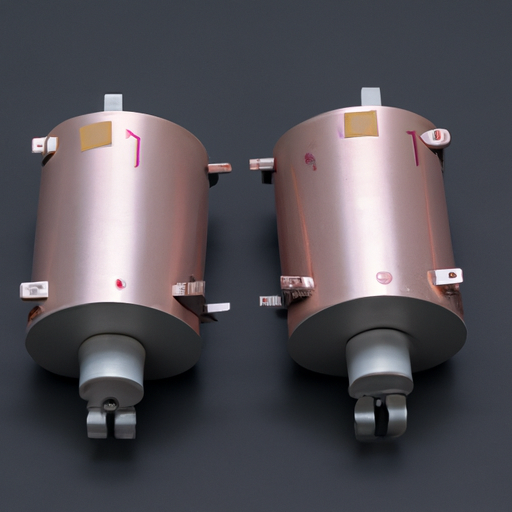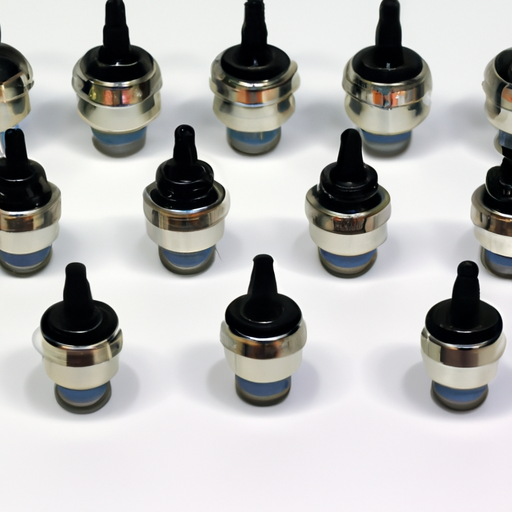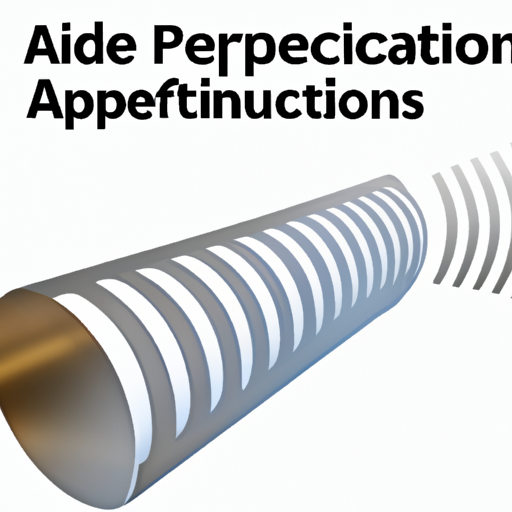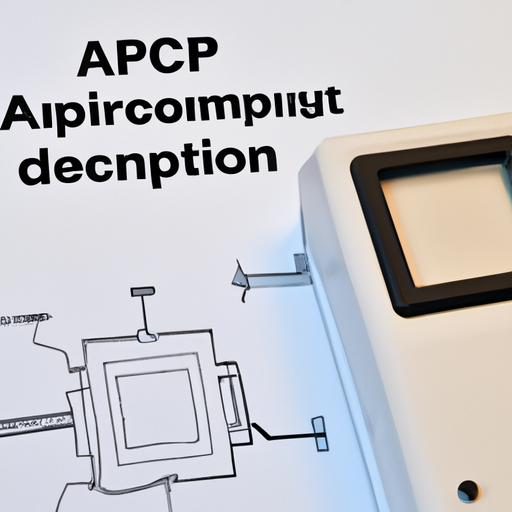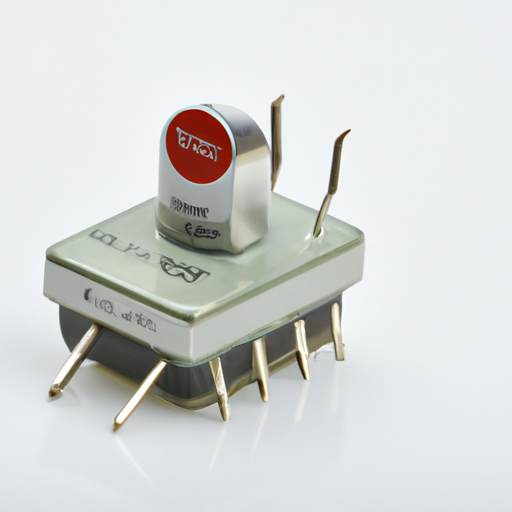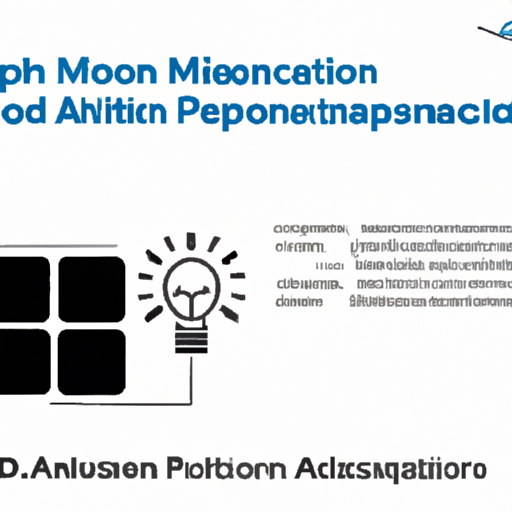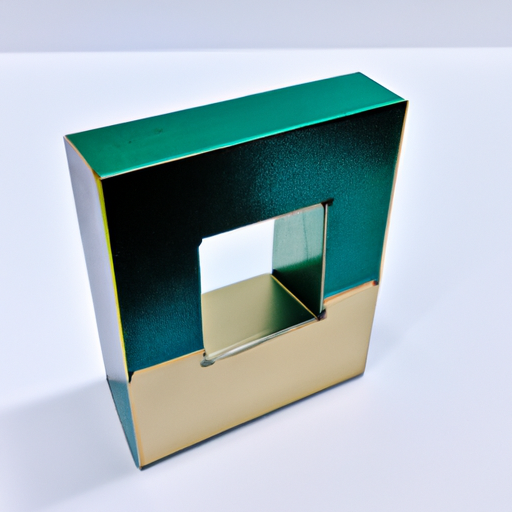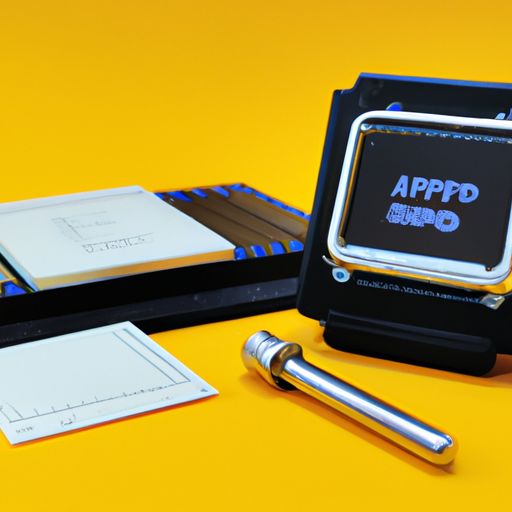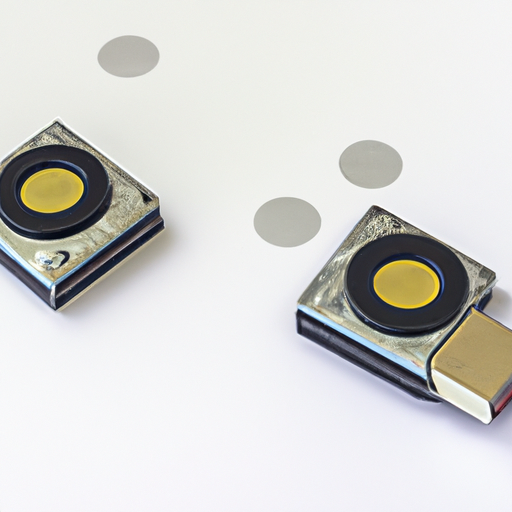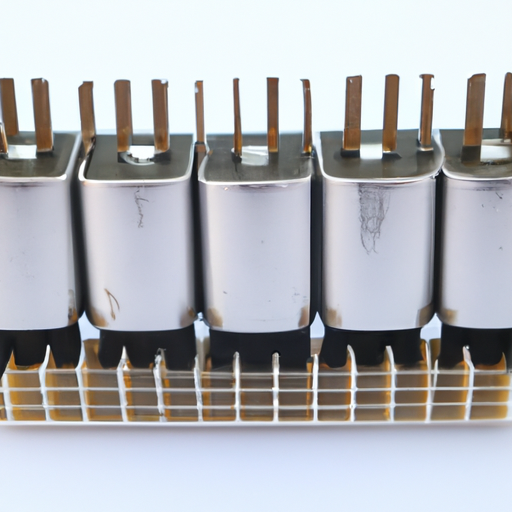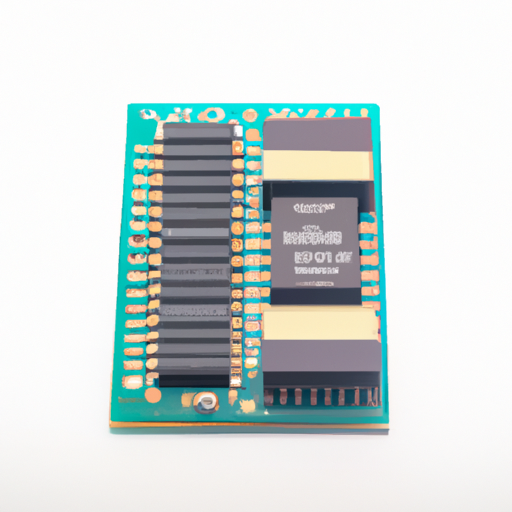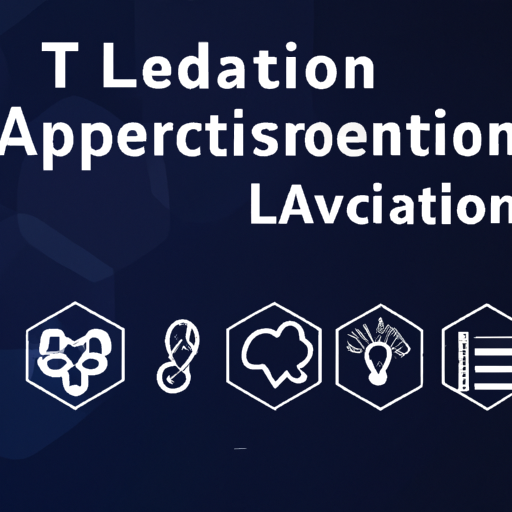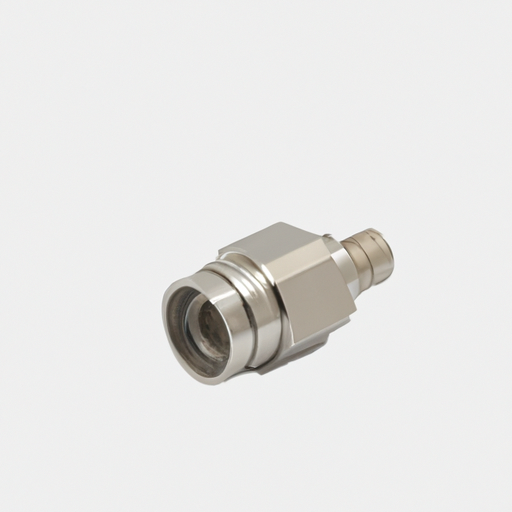

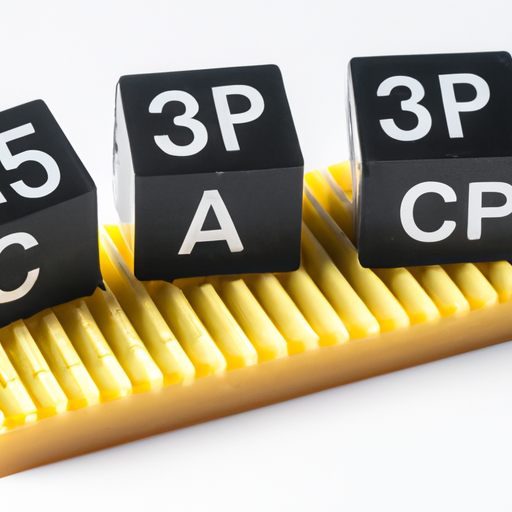
Application Development in Tilt Switches for CFR-50JB-52-12K: Key Technologies and Success StoriesTilt switches, such as the CFR-50JB-52-12K, are essential components in various applications due to their ability to detect the orientation or tilt of an object. Their versatility makes them suitable for a wide range of industries, including automotive, industrial, consumer electronics, and safety systems. Below is an overview of the key technologies that underpin these devices and notable success stories that highlight their application.
Key Technologies1. Microelectromechanical Systems (MEMS)2. Analog and Digital Signal Processing3. Wireless Communication4. Low Power Consumption5. Robust Housing and Environmental Protection6. Integration with Other Sensors1. Automotive Safety Systems2. Smart Home Devices3. Industrial Equipment Monitoring4. Consumer Electronics5. Robotics and Drones6. Medical Devices Success Stories ConclusionThe application development of tilt switches like the CFR-50JB-52-12K harnesses advanced technologies to deliver versatile and reliable solutions across various industries. As technology continues to advance, the integration of tilt switches with IoT, artificial intelligence, and other emerging technologies is expected to lead to even more innovative applications and success stories. The ongoing evolution of these devices will likely enhance their functionality and expand their use cases, making them indispensable in modern technology landscapes.

Application Development in Float Level Sensors for Model 9250-686: Key Technologies and Success StoriesFloat level sensors, such as the model 9250-686, are essential tools for measuring liquid levels in various applications, including industrial, agricultural, and municipal settings. This overview will delve into the key technologies that underpin float level sensors and highlight notable success stories that demonstrate their effectiveness.
Key Technologies in Float Level Sensors1. Magnetic Float Technology2. Reed Switches3. Capacitive Level Sensors4. Ultrasonic Level Sensors5. Wireless Technology6. Smart Sensors1. Water Treatment Facilities2. Oil and Gas Industry3. Chemical Processing4. Agricultural Applications5. Food and Beverage Industry Success Stories ConclusionFloat level sensors, including the model 9250-686, are vital components in various industries, providing reliable and accurate liquid level measurements. The integration of advanced technologies such as wireless communication and IoT capabilities has significantly enhanced their functionality and application scope. The success stories across different sectors underscore the importance of these sensors in improving operational efficiency, safety, and product quality, making them indispensable tools in modern industrial applications.
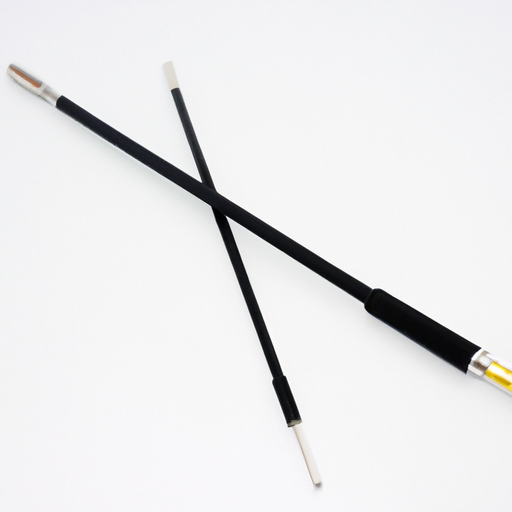
Overview of Thermocouples and Temperature ProbesThermocouples are essential temperature sensors that leverage the thermoelectric effect, generating a voltage in response to temperature differences between two dissimilar metals joined at one end. Temperature probes, which often incorporate thermocouples, are critical for accurate and reliable temperature measurement across various applications.
Core Functional Technology1. Thermocouple Types 2. Construction 3. Signal Processing 4. Calibration 1. Industrial Processes 2. HVAC Systems 3. Food and Beverage Industry 4. Automotive Testing 5. Aerospace 6. Medical Applications 1. Smart Manufacturing 2. Food Safety Compliance 3. Automotive Innovations 4. Research and Development 5. Energy Efficiency Applications of Thermocouples and Temperature Probes Development Cases ConclusionThermocouples and temperature probes are integral to a wide range of industries, providing essential temperature measurement capabilities. Their versatility, reliability, and advancements in technology continue to drive innovation and application development across various fields. As industries evolve, the demand for more precise, efficient, and integrated temperature measurement solutions will only increase, underscoring the importance of ongoing research and development in this area. The future of thermocouples and temperature probes looks promising, with potential advancements in materials, integration with smart technologies, and enhanced calibration techniques paving the way for even greater applications.
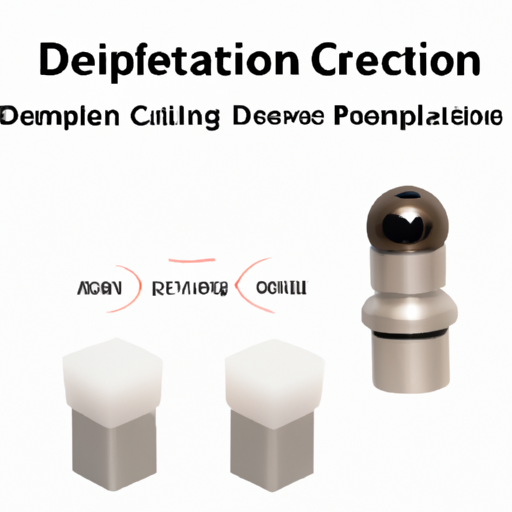
Application Development in Pressure Sensors and Transducers: CFR-25JB-52-11KThe development of pressure sensors and transducers, particularly models like the CFR-25JB-52-11K, is a dynamic field that leverages cutting-edge technologies to meet the demands of various industries. Below is a detailed exploration of key technologies and notable success stories that illustrate the impact of these advancements.
Key Technologies1. MEMS Technology2. Digital Signal Processing (DSP)3. Wireless Communication4. Smart Sensors5. Material Science Innovations6. Calibration and Testing Technologies1. Automotive Industry2. Aerospace Applications3. Industrial Automation4. Medical Devices5. Oil and Gas Industry Success Stories ConclusionThe development of pressure sensors and transducers like the CFR-25JB-52-11K is characterized by rapid technological advancements and a growing demand for precision in various sectors. The integration of MEMS technology, DSP, wireless communication, and smart capabilities has transformed the landscape of pressure measurement. Success stories across automotive, aerospace, industrial automation, medical devices, and oil and gas industries underscore the versatility and critical importance of these sensors. As technology continues to evolve, we can anticipate further innovations that will enhance the functionality and applications of pressure sensors, driving efficiency and safety in numerous fields.
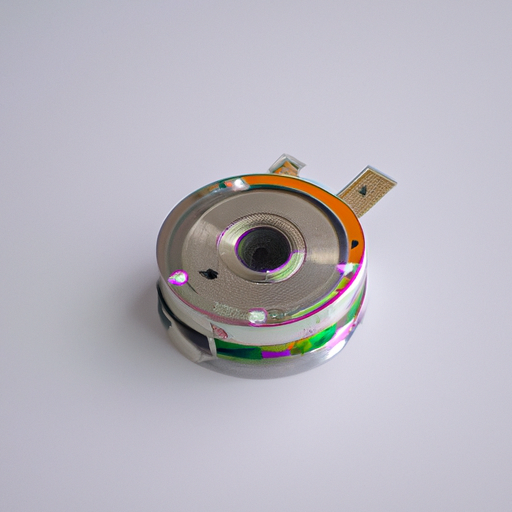
Certainly! Encoders are pivotal components in various technological applications, particularly in automation, robotics, and motion control. They convert physical motion into electrical signals, enabling precise control and feedback in systems. Below is a detailed overview of core functional technologies, insightful articles, and notable application development cases related to encoders.
Core Functional Technologies of Encoders1. Types of Encoders2. Signal Processing3. Communication Protocols4. Feedback Control Systems1. "Understanding Rotary Encoders: Types, Applications, and Selection"2. "The Role of Encoders in Motion Control Systems"3. "Advancements in Encoder Technology: From Optical to Magnetic"1. Robotics2. CNC Machining3. Automated Guided Vehicles (AGVs)4. Industrial Automation Articles on Encoder Technology Application Development Cases ConclusionEncoders are essential components in modern automation and control systems. Understanding their types, functionalities, and applications can significantly enhance the design and performance of various systems. As technology continues to advance, the integration of encoders with smart systems and IoT devices will further expand their capabilities and applications. For developers and engineers, staying informed about the latest advancements in encoder technology is crucial for creating efficient and effective solutions in their respective fields.
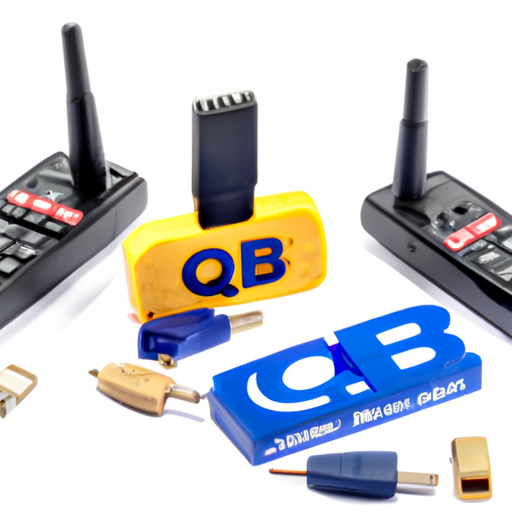
Application Development in TRIACs for CFR-25JB-52-110R: Key Technologies and Success StoriesDeveloping applications for TRIACs, particularly with a specific component like the CFR-25JB-52-110R, requires a deep understanding of TRIAC technology and the specific needs of the application. Below is an overview of key technologies and notable success stories related to TRIAC applications.
Key Technologies in TRIAC Application Development1. Power Control: TRIACs are essential for controlling AC power, allowing for rapid switching. This capability makes them ideal for applications such as light dimmers, motor speed controls, and heating elements. 2. Phase Control: This method involves adjusting the phase angle of the AC waveform to modulate the power delivered to a load. It is widely used in applications like light dimmers and fan speed controllers, enabling smooth operation and energy efficiency.
3. Zero-Cross Detection: This technology minimizes electromagnetic interference (EMI) by ensuring that TRIACs are turned on or off at the zero-crossing point of the AC waveform, which helps to reduce voltage spikes and improve system reliability.
4. Microcontroller Integration: Modern TRIAC applications often incorporate microcontrollers for enhanced control capabilities. This integration allows for features such as remote operation, automation, and real-time feedback, making systems more user-friendly and efficient.
5. Thermal Management: Effective heat dissipation is critical for TRIAC applications. Utilizing heat sinks, thermal pads, and optimized PCB designs can significantly enhance the reliability and performance of TRIAC-based systems.
6. Snubber Circuits: These circuits protect TRIACs from voltage spikes and transients, ensuring their longevity and reliability in various applications. Proper design of snubber circuits is essential for maintaining system integrity.
7. Isolation Techniques: Opto-isolators are commonly used to provide electrical isolation between the control circuit and the TRIAC. This enhances safety and protects sensitive components from potential damage.
Success Stories1. Lighting Control Systems: A prominent smart lighting company developed a system that utilizes TRIACs for dimming capabilities. Users can control brightness via a mobile app, and the integration of TRIACs allows for smooth dimming and reduced energy consumption, leading to increased customer satisfaction.
2. Motor Speed Controllers: In industrial settings, TRIACs have been effectively implemented in motor speed controllers for fans and pumps. A manufacturer improved the efficiency of its HVAC systems by using TRIAC-based controllers, resulting in significant energy savings and reduced operational costs.
3. Home Appliances: TRIACs are widely used in home appliances such as washing machines and dishwashers for controlling heating elements. A leading appliance manufacturer integrated TRIACs into their products, enabling precise temperature control and improved energy efficiency, which enhanced the overall user experience.
4. Heating Systems: TRIACs are integral to electric heating systems, including underfloor heating. A company developed a TRIAC-based control system that allows for programmable heating schedules, providing users with enhanced comfort and energy savings.
5. Automotive Applications: In the automotive industry, TRIACs are utilized for controlling lighting and heating elements. A successful application involved using TRIACs in a vehicle's headlight dimming system, which provided smoother transitions and reduced glare for oncoming drivers, improving road safety.
ConclusionThe application of TRIACs, such as the CFR-25JB-52-110R, spans a wide range of industries, from consumer electronics to industrial automation. By leveraging key technologies like phase control, microcontroller integration, and effective thermal management, developers can create innovative solutions that enhance performance and efficiency. The success stories illustrate the versatility and effectiveness of TRIACs in real-world applications, underscoring their significance in modern electronic design. As technology continues to evolve, the potential for TRIAC applications will likely expand, leading to even more innovative solutions in various sectors.

Application Development in SCRs - Modules for CFR-50JB-52-110K: Key Technologies and Success StoriesSilicon Controlled Rectifiers (SCRs) are pivotal in modern power electronics, particularly in applications requiring efficient control and conversion of electrical power. The CFR-50JB-52-110K module exemplifies the advancements in SCR technology, showcasing its versatility across various industries. Below, we delve into the key technologies that underpin SCR application development and highlight notable success stories that illustrate their impact.
Key Technologies1. Power Electronics Design2. Control Systems3. Simulation and Modeling4. Integration with Microcontrollers5. Protection Circuits1. Industrial Motor Control2. Renewable Energy Systems3. HVAC Systems4. Electric Vehicles (EVs)5. Consumer Electronics Success Stories ConclusionThe application development of SCRs, particularly in modules like the CFR-50JB-52-110K, leverages cutting-edge power electronics, sophisticated control systems, and innovative integration techniques. The success stories across diverse industries underscore the versatility and efficiency of SCR technology, establishing it as a cornerstone in modern electrical systems. As advancements in technology continue, SCRs are poised to play an increasingly vital role in energy management and power control solutions, driving further innovations in various sectors.
Core Functional Technology of IGBT Modules1. Structure and Operation2. Switching Characteristics3. Thermal Management4. Gate Drive Requirements5. Protection Features1. Renewable Energy Systems2. Motor Drives3. Power Supplies4. Electric Vehicles (EVs)5. HVDC Transmission Application Development Cases ConclusionIGBT modules are essential components in modern power electronics, enabling efficient energy conversion and control across various applications. Their unique combination of high voltage and current handling capabilities, along with fast switching speeds, makes them suitable for a wide range of industrial, renewable energy, and automotive applications. As technology advances, IGBT modules continue to evolve, incorporating improved thermal management, enhanced protection features, and integration with smart control systems, further expanding their applicability in the ever-evolving landscape of power electronics.
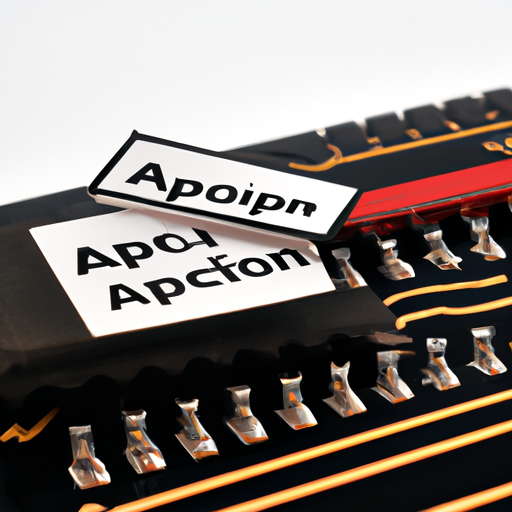
Application Development in Power Driver Modules for CFR-50JB-52-110R: Key Technologies and Success StoriesPower Driver Modules (PDMs) like the CFR-50JB-52-110R play a crucial role in modern applications, particularly in electric vehicles (EVs), renewable energy systems, and industrial automation. While specific details about the CFR-50JB-52-110R may not be widely available, we can explore the broader context of PDMs, focusing on key technologies and notable success stories that illustrate their impact.
Key Technologies in Power Driver Modules1. Wide-Bandgap Semiconductors2. Integrated Circuit Design3. Thermal Management4. Digital Control Techniques5. Modular Design6. Reliability Testing and Quality Assurance1. Electric Vehicles (EVs)2. Renewable Energy Systems3. Industrial Automation4. Consumer Electronics5. Aerospace and Defense Success Stories ConclusionThe development and application of Power Driver Modules, including models like the CFR-50JB-52-110R, are significantly influenced by advancements in semiconductor technology, integrated circuit design, and thermal management. The success stories across various industries underscore the transformative impact of these technologies on efficiency, performance, and reliability. As the demand for high-performance power electronics continues to rise, the role of power driver modules will be pivotal in shaping the future of energy, transportation, and automation systems. The ongoing evolution in this field promises to drive further innovations and improvements in a wide range of applications.
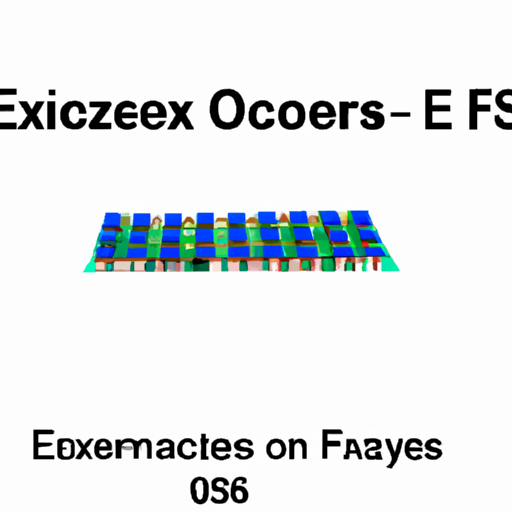
ECS-F1VE685K Zener Diode Arrays: Core Functional Technologies and Application Development CasesZener diode arrays, such as the ECS-F1VE685K, play a pivotal role in modern electronics, providing essential functions like voltage regulation, overvoltage protection, and signal conditioning. Below, we delve into the core functional technologies and practical application development cases that showcase the effectiveness of Zener diode arrays.
Core Functional Technologies1. Voltage Regulation2. Overvoltage Protection3. Clamping Circuits4. Temperature Stability5. Low Noise Operation1. Power Supply Design2. Transient Voltage Suppression3. Signal Conditioning in Communication Systems4. LED Driver Circuits5. Battery Management Systems6. Consumer Electronics Application Development Cases ConclusionThe ECS-F1VE685K Zener diode array exemplifies the versatility and effectiveness of Zener diodes in contemporary electronic applications. By leveraging their capabilities in voltage regulation, overvoltage protection, and low noise operation, engineers can design robust and reliable circuits across various industries, from consumer electronics to automotive systems. As technology continues to advance, the importance of Zener diode arrays will remain significant in ensuring the performance, safety, and longevity of electronic devices.
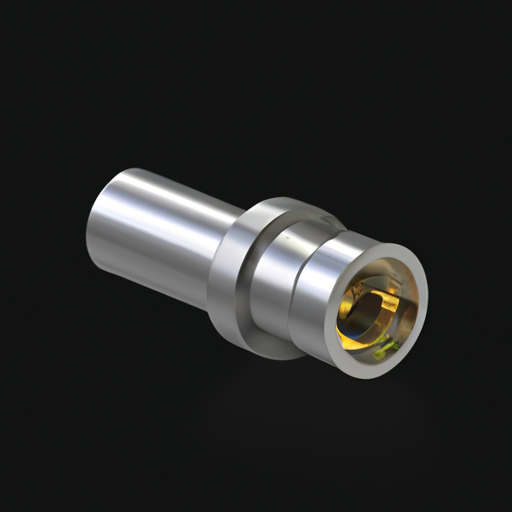
Application Development in Single, Pre-Biased Bipolar TransistorsThe CFR-25JB-52-10K resistor, while not directly related to bipolar transistors, plays a role in circuits where these transistors are utilized. Understanding the application development of single, pre-biased bipolar transistors can provide insights into their integration with various components, including resistors like the CFR-25JB-52-10K. Below, we explore key technologies and success stories in the realm of single, pre-biased bipolar transistors.
Key Technologies in Single, Pre-Biased Bipolar Transistors1. Pre-Biasing Techniques2. Integrated Circuit Design3. Thermal Management4. Simulation and Modeling5. Packaging Technologies1. Consumer Electronics2. Telecommunications3. Automotive Applications4. Medical Devices5. Industrial Automation Success Stories ConclusionThe development and application of single, pre-biased bipolar transistors have significantly advanced various industries, including consumer electronics, telecommunications, automotive, medical devices, and industrial automation. By utilizing key technologies such as pre-biasing techniques, integrated circuit design, and effective thermal management, engineers have created high-performance solutions that meet the demands of modern applications. The integration of components like the CFR-25JB-52-10K resistor further enhances the functionality and reliability of these systems, showcasing the importance of collaboration between different electronic components in achieving optimal performance.
Core Functional Technologies of Bipolar RF Transistors1. High-Frequency Operation2. Low Noise Figure3. High Linearity4. Thermal Stability5. Integration with Other Technologies1. Wireless Communication Systems2. Satellite Communication3. Broadcasting4. Radar Systems5. Test and Measurement Equipment6. Consumer Electronics Application Development Cases ConclusionBipolar RF transistors, exemplified by the CFR-50JB-52-100K, are vital components in a wide array of RF applications. Their core functionalities—high-frequency operation, low noise, high linearity, thermal stability, and integration capabilities—make them indispensable in telecommunications, broadcasting, radar systems, and consumer electronics. As the demand for efficient and reliable RF solutions continues to grow, the role of bipolar RF transistors will remain central to advancements in RF technology, driving innovation and enhancing communication systems worldwide.




